2023 ASH General Meeting
This section of the 2023 ASH Annual Meeting focused on the latest developments in hematologic malignancies.
Advertisement
Advertisement
Acalabrutinib with or without obinutuzumab had sustained safety and efficacy in patients with CLL in six years of follow-up.
Paula Rodríguez Otero, MD, described an updated analysis of the KarMMa-3 trial presented at the 65th ASH Annual Meeting.
Leyla Shune, MD, discusses the import of promising data for ide-cel in multiple myeloma presented at the 2023 ASH Meeting.
FREEDOM2 is a phase III study comparing fedratinib with best available therapy as a second-line treatment for myelofibrosis.
Dr. Fonseca, of the Mayo Clinic, spoke with Blood Cancers Today about idecabtagene vicleucel in myeloma treatment.
Elranatamab yielded deep and durable responses in relapsed or refractory multiple myeloma, even with biweekly dosing.
Dara-CVRd was effective as induction therapy prior to and consolidation therapy following AHSCT in ultra-high-risk myeloma.
Motixafortide plus G-CSF mobilized significantly more CD34+ hematopoietic stem and progenitor cells versus placebo in MM.
DDX3X dysregulation is involved in the progression of CLL by facilitating NOTCH1 mRNA translation
Researchers said there was a need for potentially more effective one-time-only treatment options.
Narazaciclib plus ibrutinib regulated signatures associated with DNA repair, P53 signaling, and glycolytic activity.
Dr. Hans Lee met with Blood Cancers Today to discuss outcomes and treatments after triple-class exposure in multiple myeloma.
Dr. Brown presented updated results from the ALPINE study at ASH 2023.
ELEVATE-TN enrolled 535 patients, of which 179 received acalabrutinib.
The study included 16 baseline and 18 post-infusion tumor samples from 26 patients.
The trial established the recommended phase II dose of acalabrutinib, venetoclax, and obinutuzumab.
The median overall survival was 44.9 months with ibrutinib plus venetoclax versus 38.6 months with ibrutinib plus placebo.
The study compared characteristics, step up dosing process, and incidence and management of cytokine release syndrome.
Dr. Woyach joined Chadi Nabhan, MD, MBA, FACP, to discuss the novel BTK inhibitors pirtobrutinib and LP168.
It included 21 patients with lymphoma with a median age of 57 who had received a median of four prior lines of therapy.
Dr. Raje shared findings on CAR T-cell therapy in earlier lines of treatment for relapsed or refractory multiple myeloma.
Patients with lenalidomide-refractory MM had significant improvements in health-related QoL and symptoms after cilta-cel.
Cilta-cel was significantly more cost-effective versus DPd or PVd regimens in relapsed or refractory multiple myeloma.
Researchers collected serial peripheral blood mononuclear cell samples from patients with R/R LBCL treated with axi-cel.
The study evaluated ROR1 expression levels in a panel of MCL cell lines and primary patient samples.
Jeffrey Matous, MD, discusses data from the phase Ib MonumenTAL-2 study on talquetamab plus pomalidomide in multiple myeloma.
The phase II, multicenter, single-arm study is assessing axi-cel for frontline treatment in patients with high-risk LBCL.
The analysis assessed the impacts of bridging therapy when used in patients receiving axi-cel for large B-cell lymphoma.
Pirtobrutinib is a non-covalent (reversible) BTK inhibitor that inhibits both wild-type and C481-mutant BTK.
Study authors noted that the findings underscore the need for tailored approaches to MRD testing.
Researchers reviewed data on gender, race/ethnicity, zip codes to estimate poverty level, and other factors.
Dr. Spiegel shared five-year data from a retrospective study of 298 patients with LBCL who received axi-cel.
Ajai Chari, MD, described findings from the MonumenTAL-1 study on talquetamab in patients with myeloma.
Drs. Nabhan, Coombs, and Danilov discussed the BRUIN, TRANSCEND, and FLAIR trials in CLL.
Real-world databases lent insight into how often patients with PV experience thromboembolic events.
SRSF2 and SF3B1 were the most common splicing mutations, followed by U2AF1 and ZRSR2.
Jonathon B. Cohen, MD, MS, reported these updated results from the BRUIN trial.
Knowing who is at high risk in the near term could make it easier to conduct trials of anti-thrombotic therapies.
Developed by Protagonist Therapeutics, rusfertide is a novel injectable synthetic mimetic of the natural hormone hepcidin.
Julie Vose, MD, MBA, discussed the use of epcoritamab in patients with diffuse large B-cell lymphoma (DLBCL).
The retrospective study used data on 105 million U.S. patients with linked medical and prescription claims from 2007 to 2019.
Doris Hansen, MD, discussed new predictors identified for toxicity and early response in patients with MM on ide-cel.
Rusfertide quickly induced hematocrit control and maintained improved levels over time in patients with polycythemia vera.
Jens Hillengass, MD, PhD, covers updates from CARTITUDE that show cilta-cel is effective in early lines of therapy in MM.
Researchers assessed the number of patients who received subsequent treatment after tirabrutinib discontinuation.

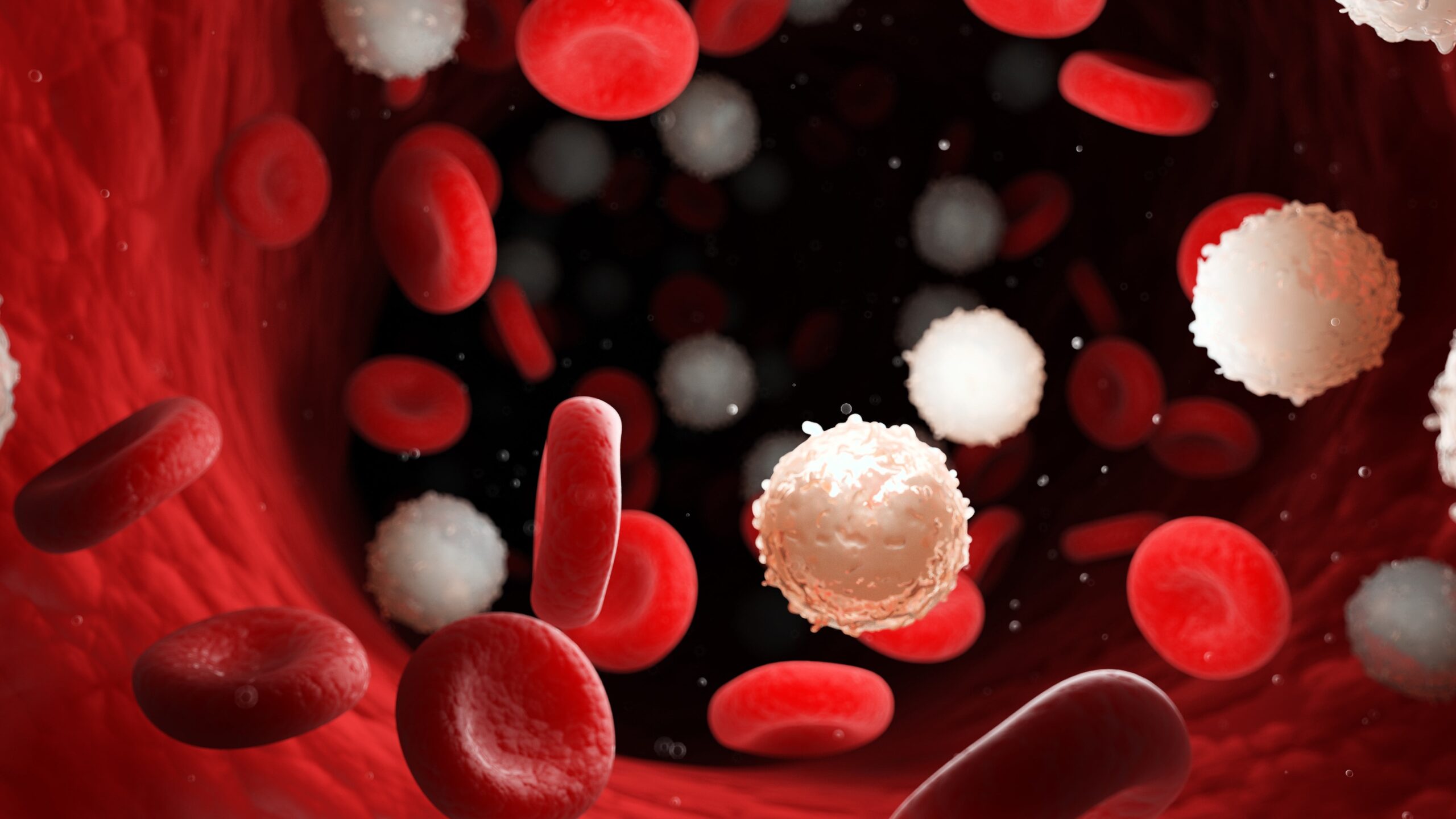
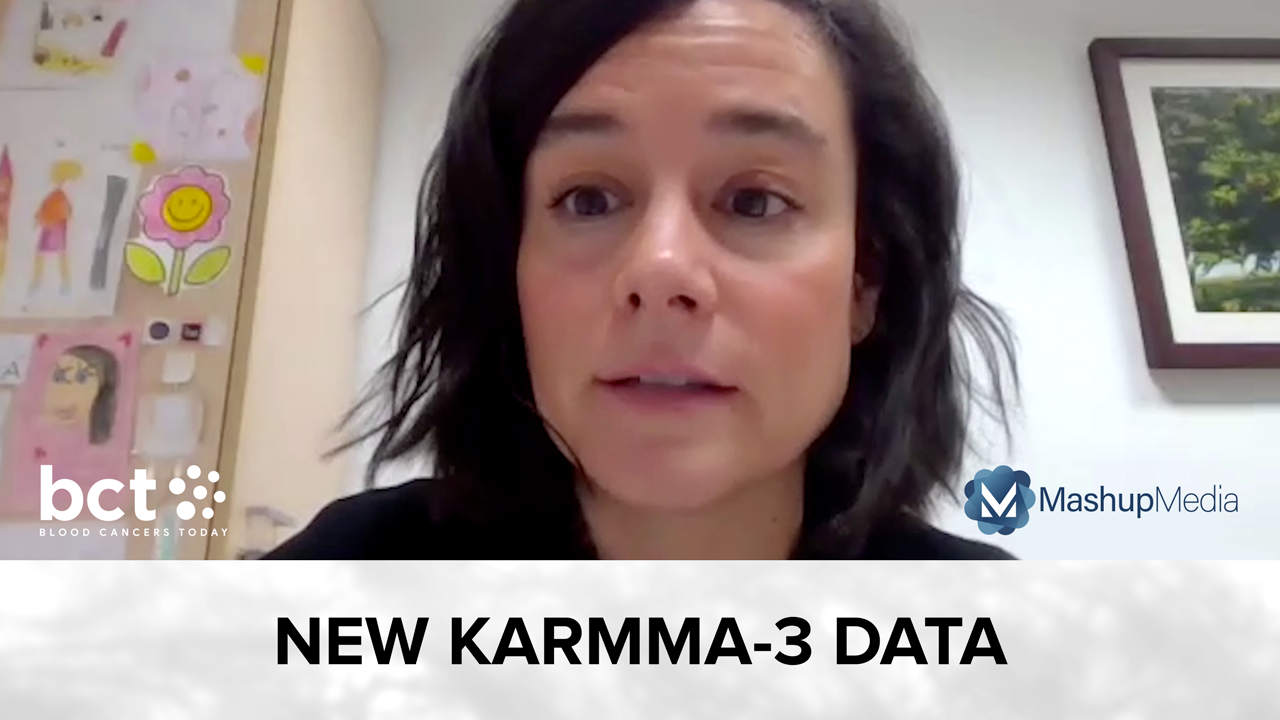

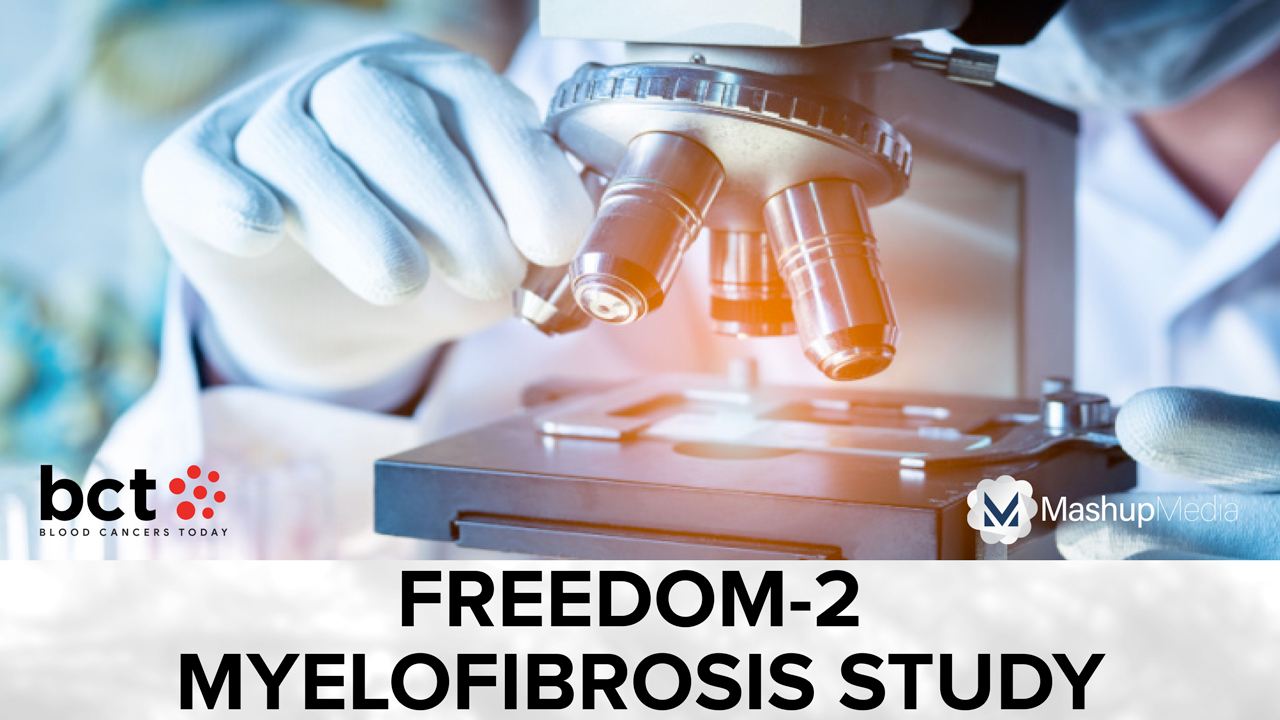


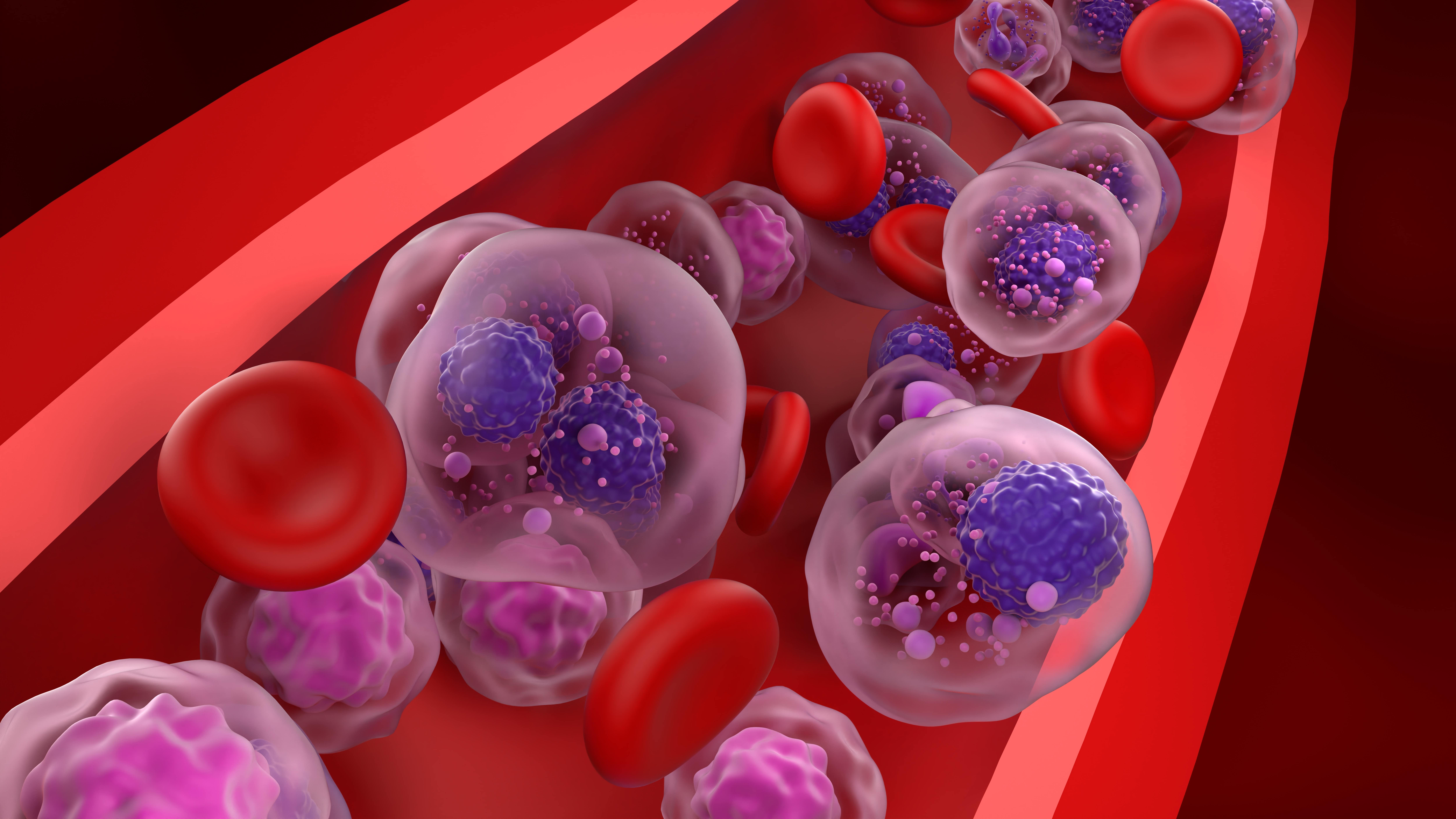
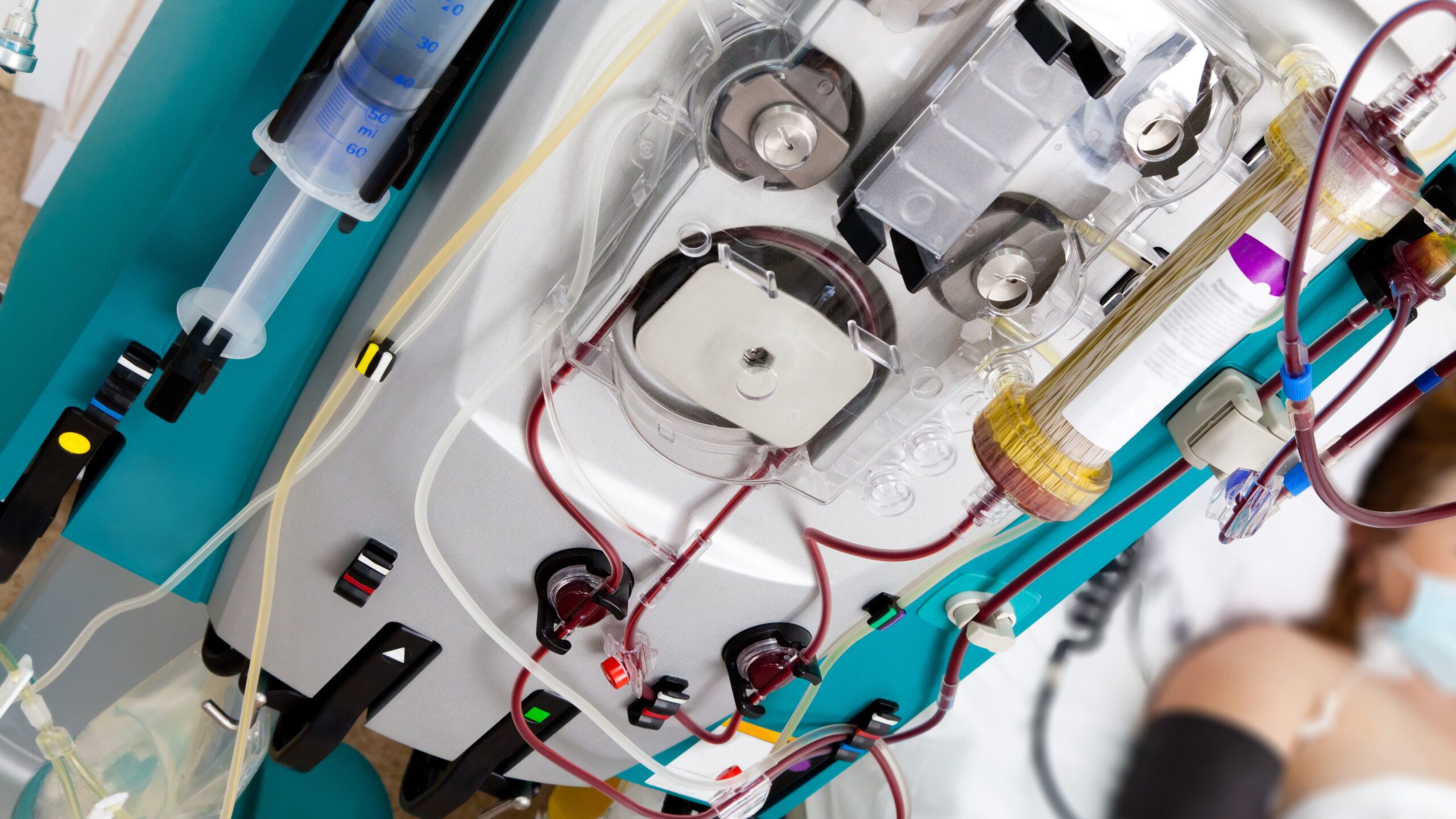
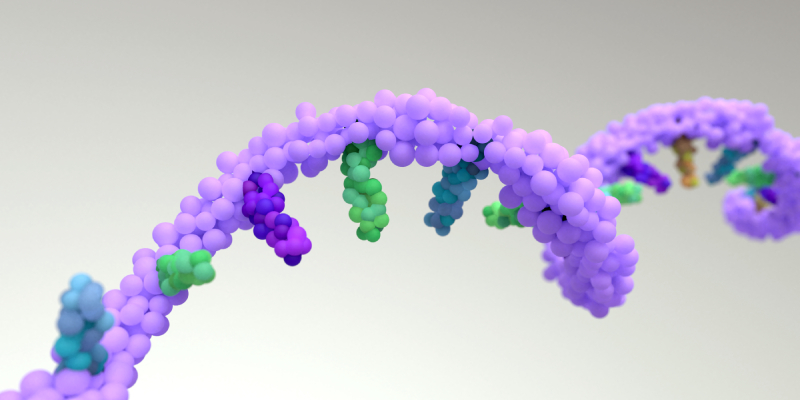

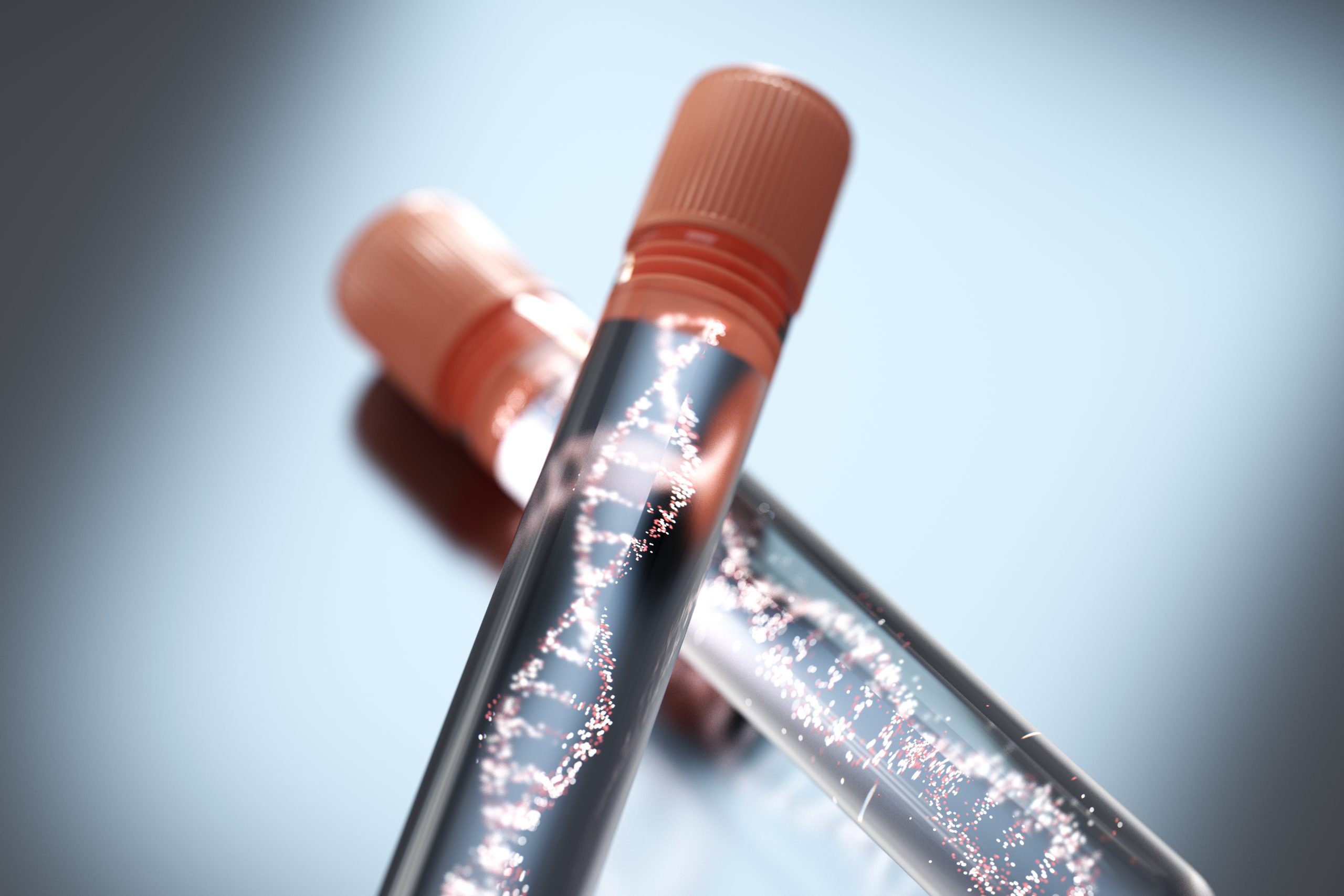

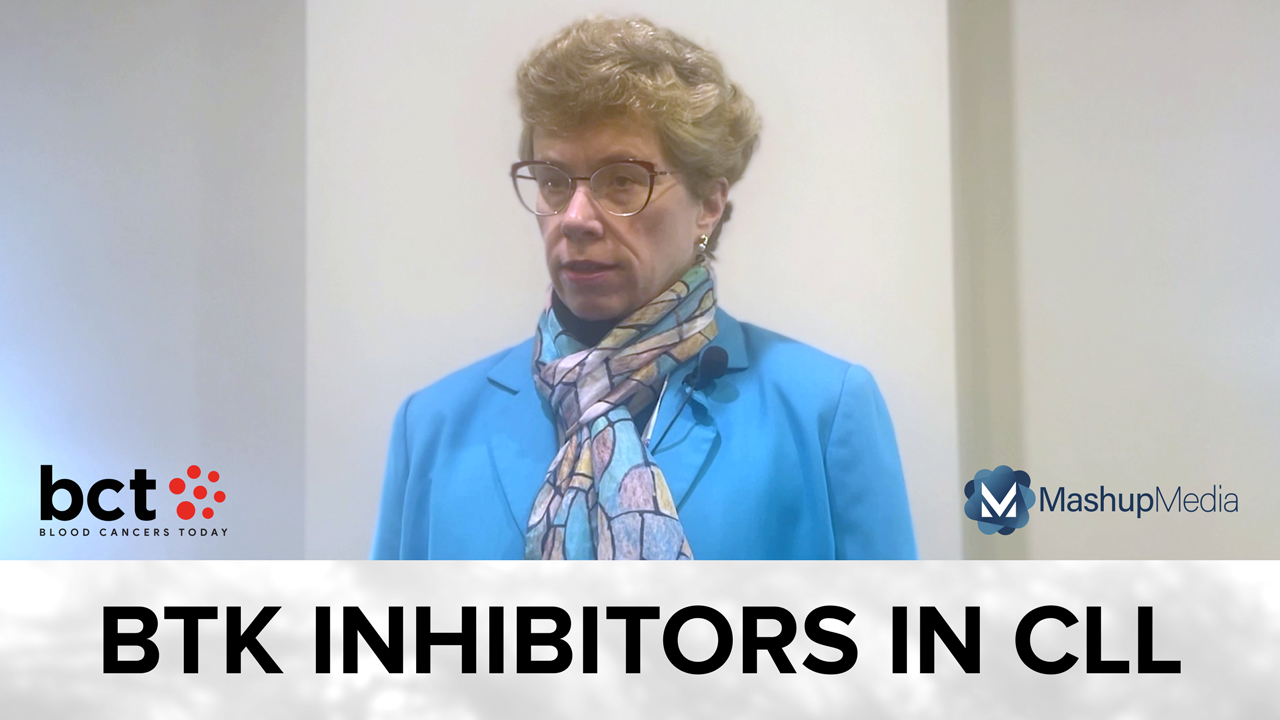




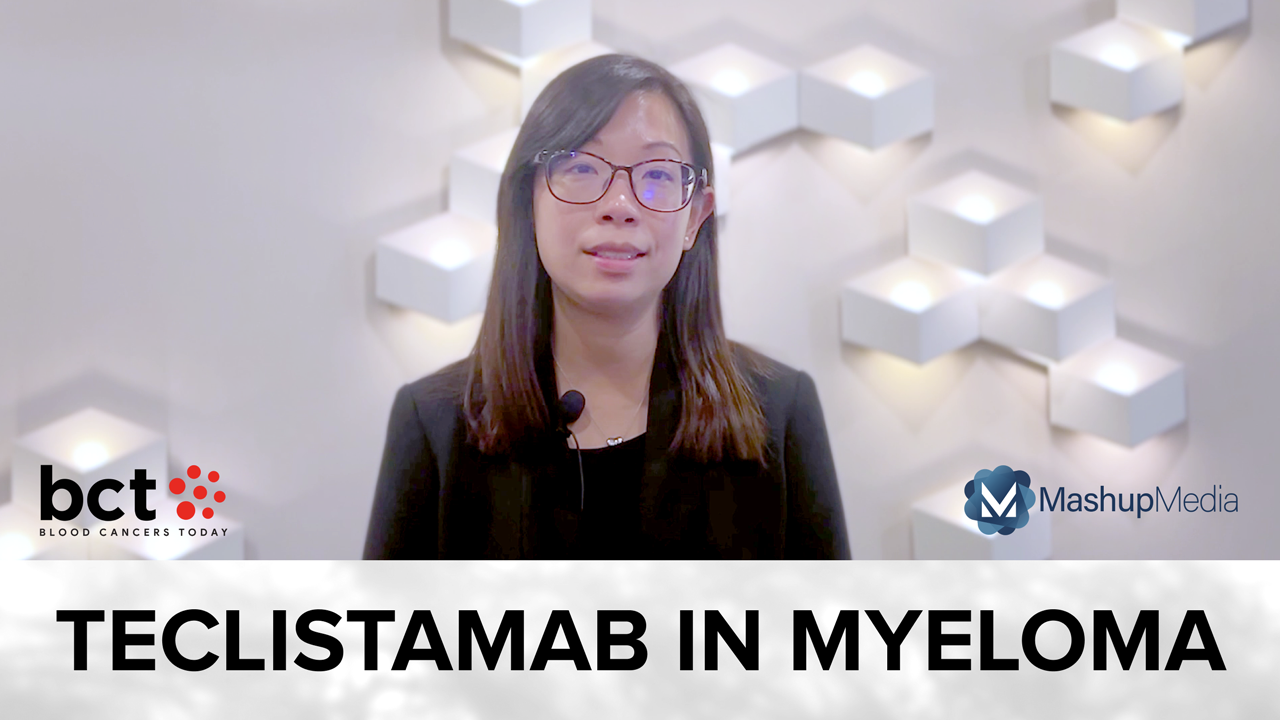
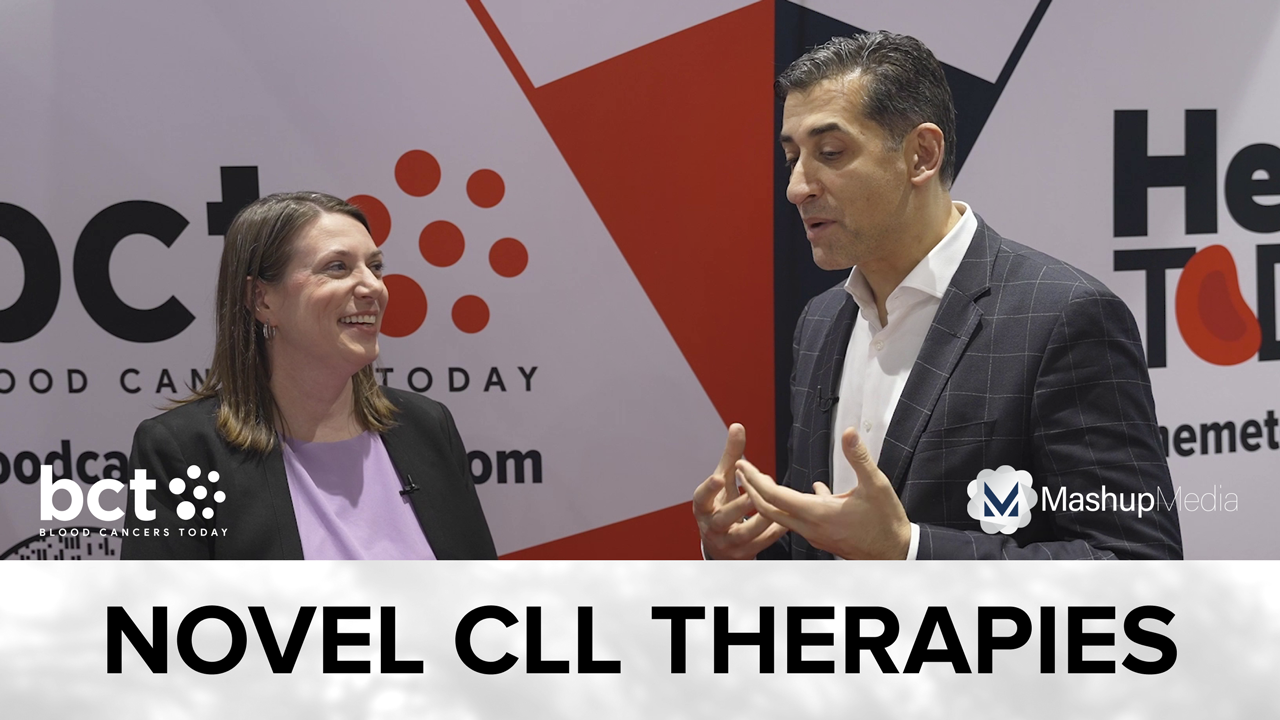
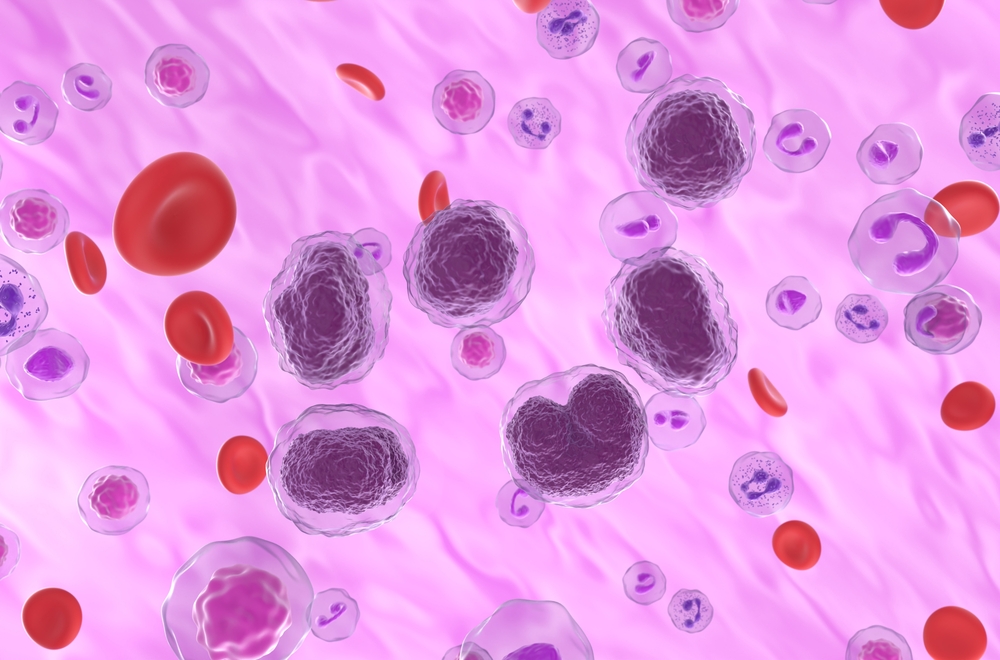
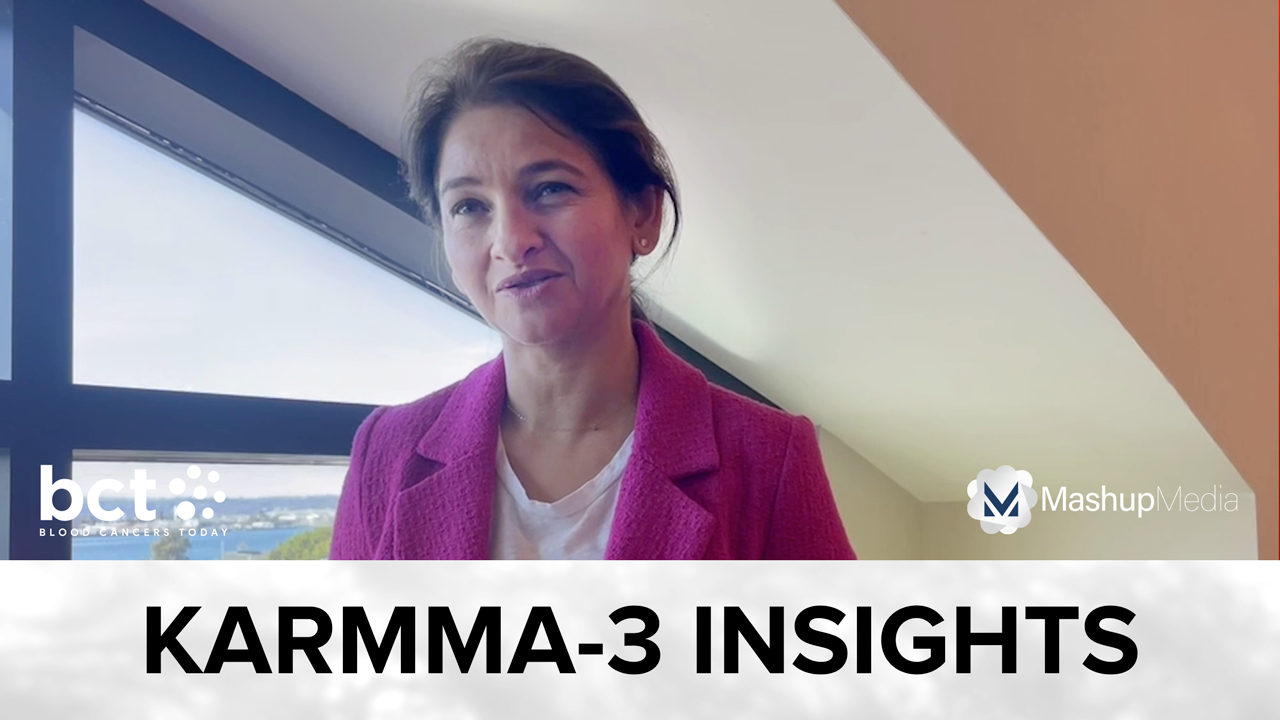
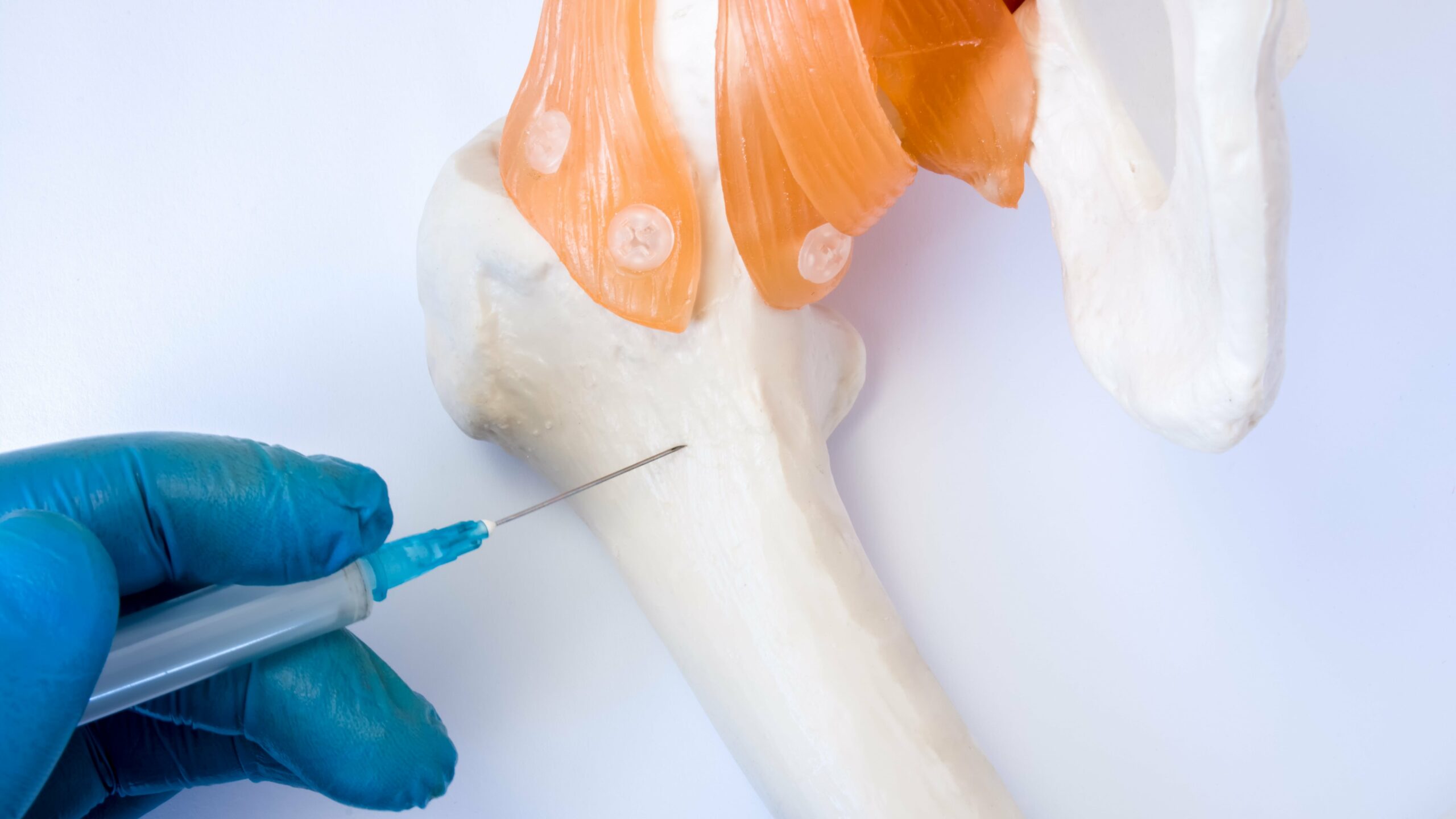

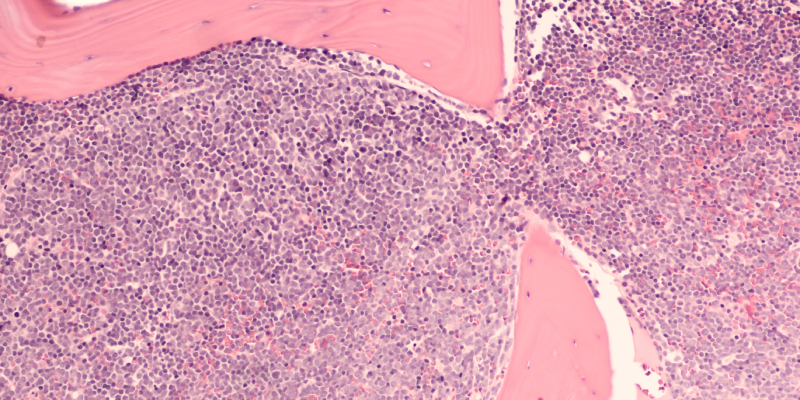
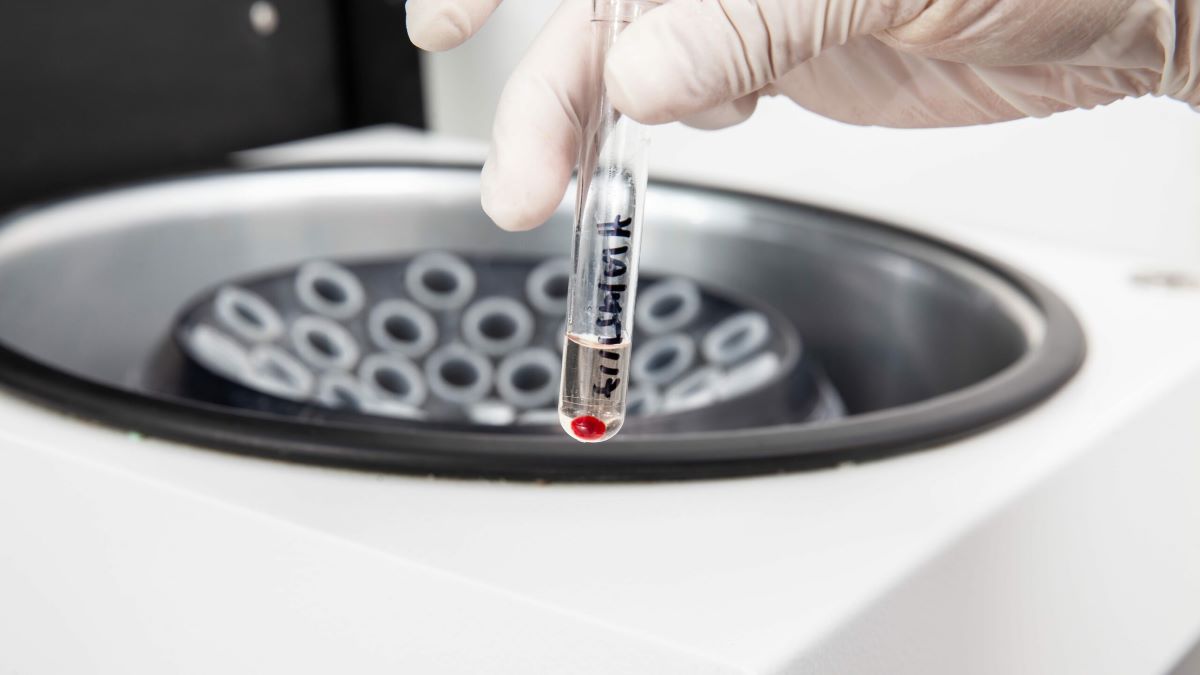
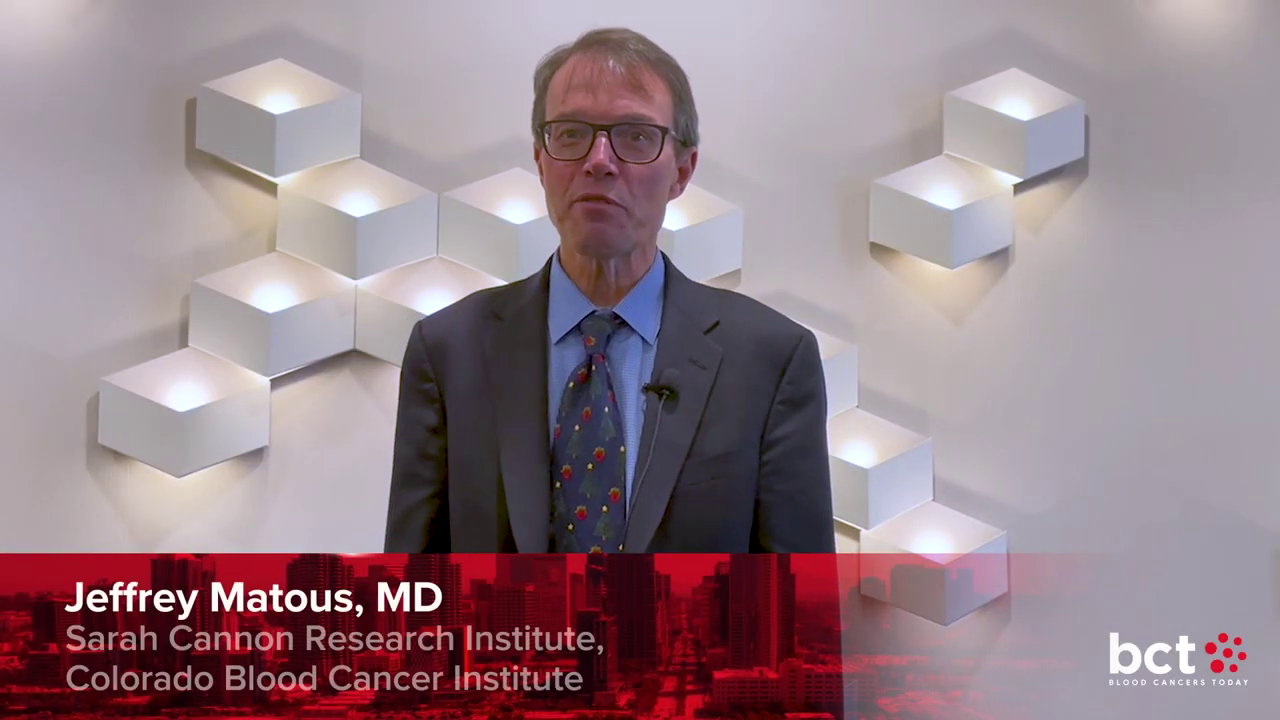
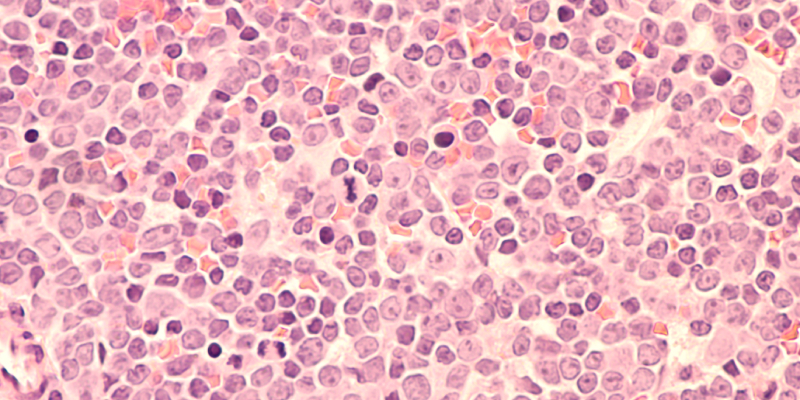
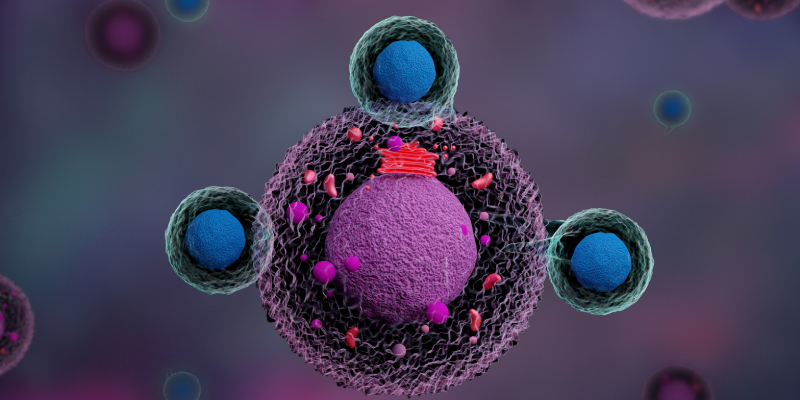





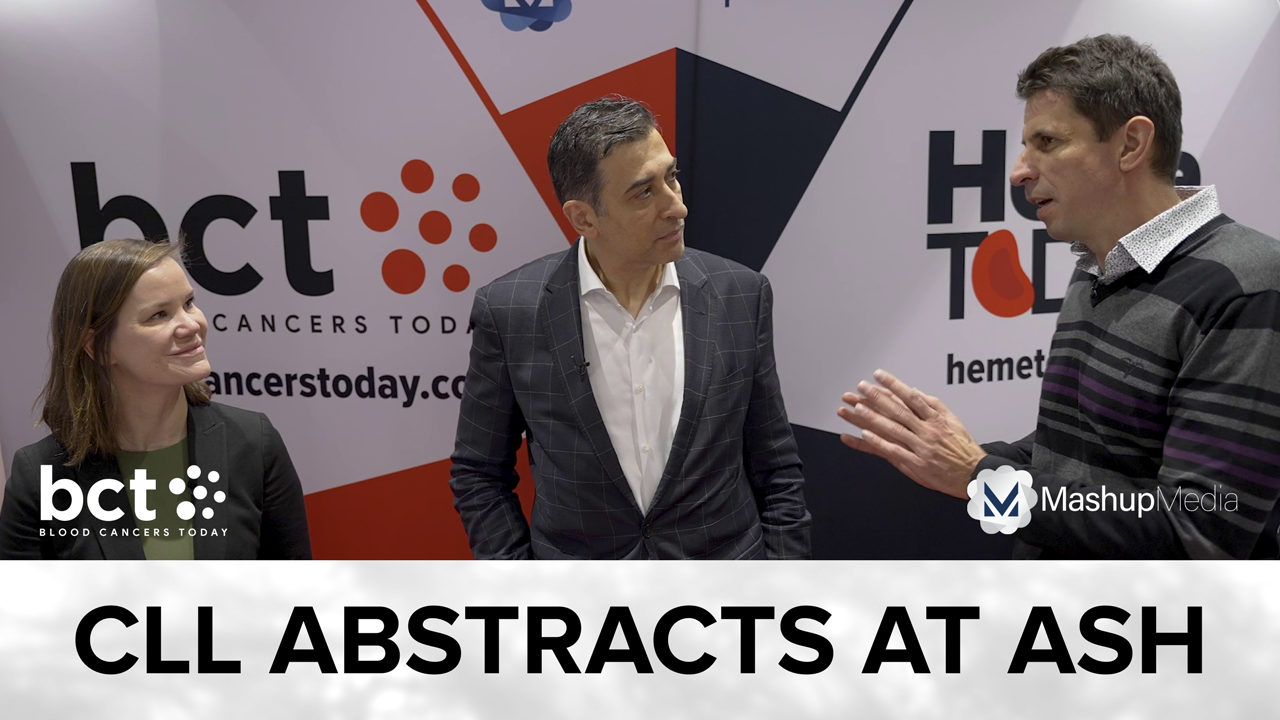


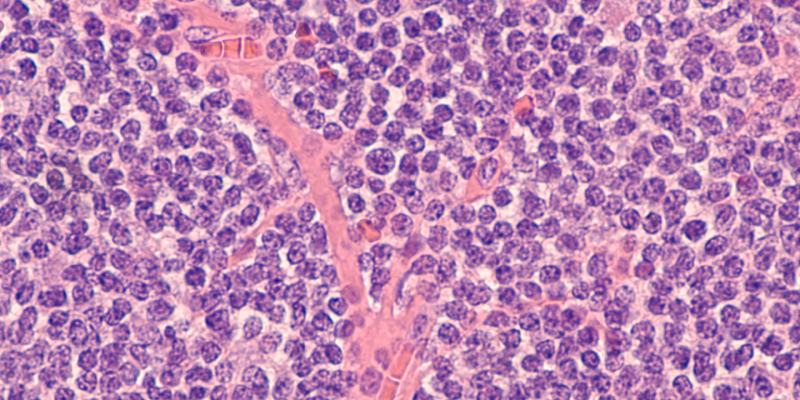
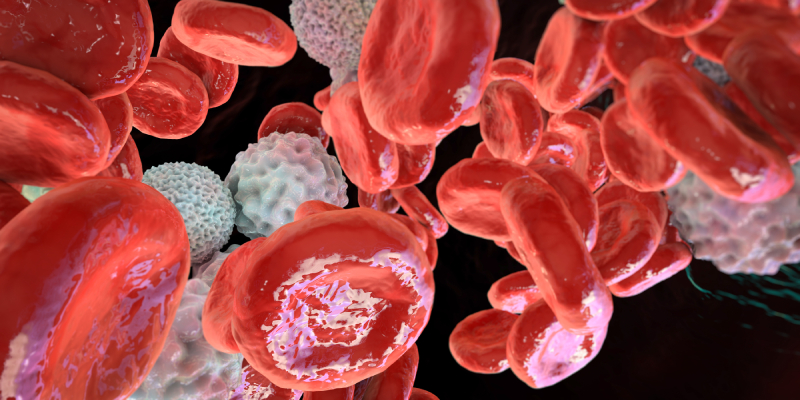
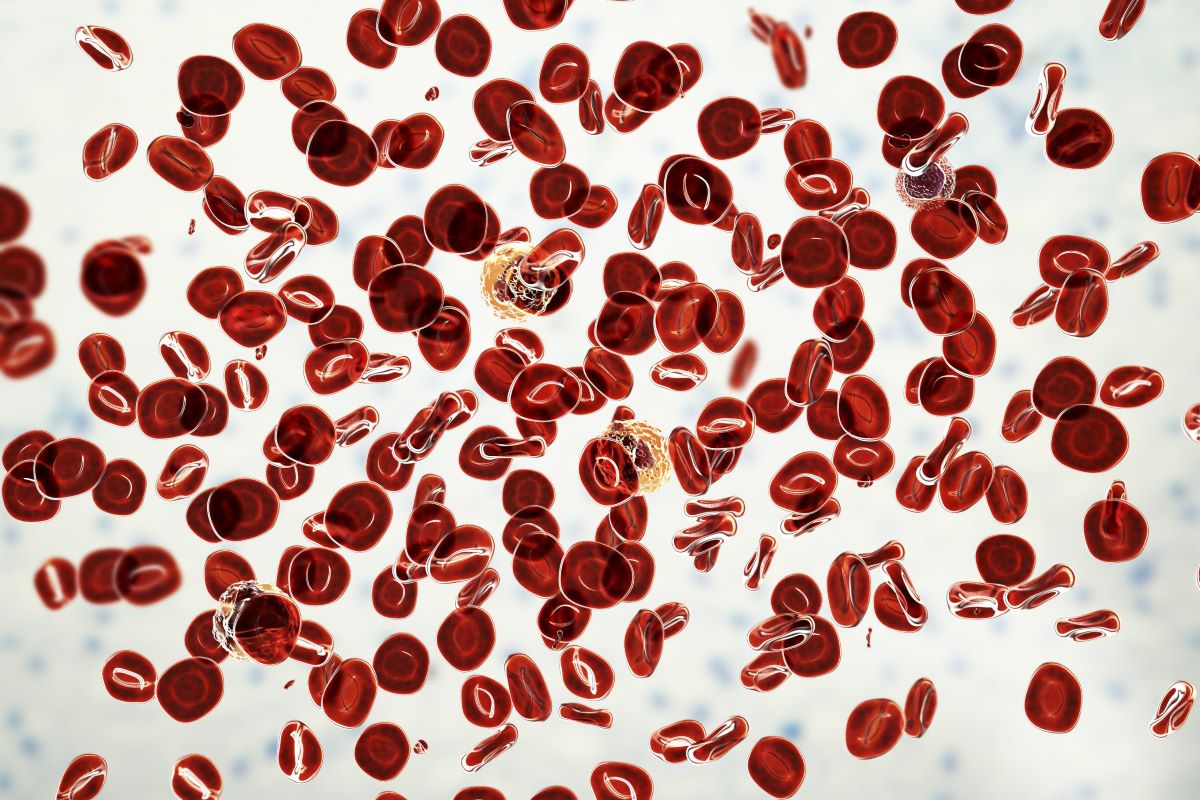

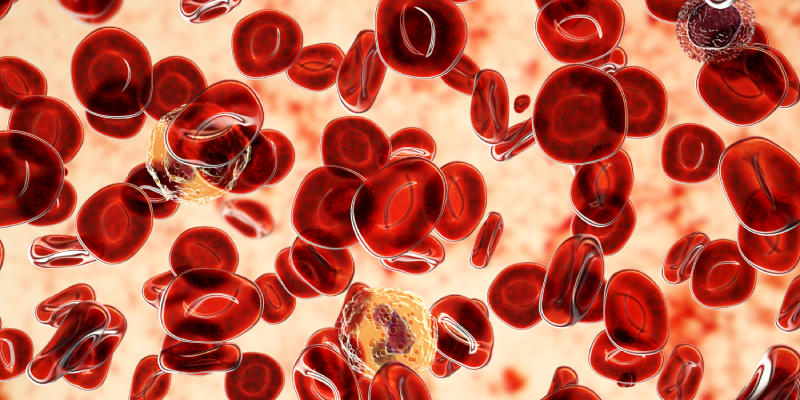

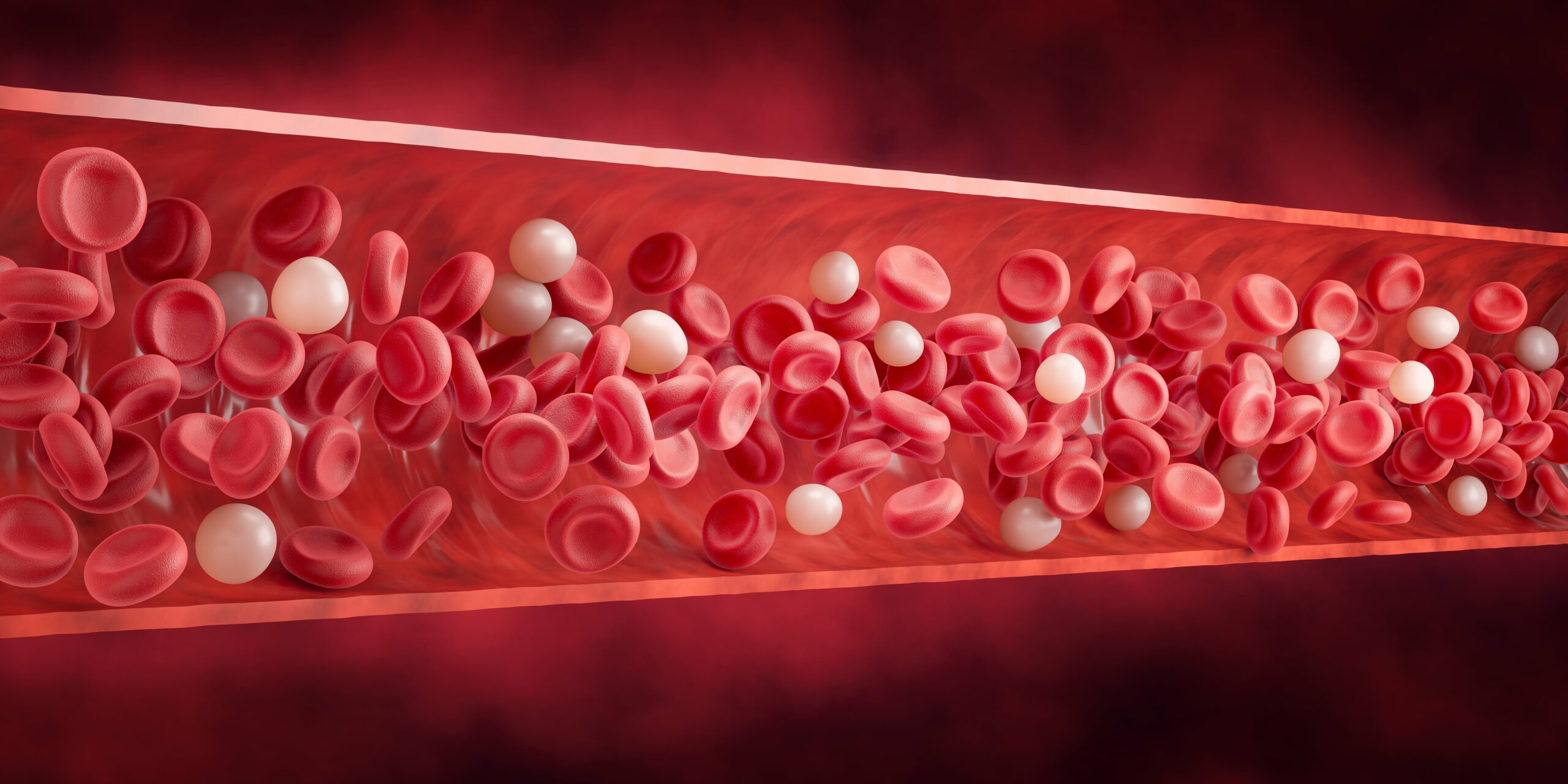


 © 2025 Mashup Media, LLC, a Formedics Property. All Rights Reserved.
© 2025 Mashup Media, LLC, a Formedics Property. All Rights Reserved.